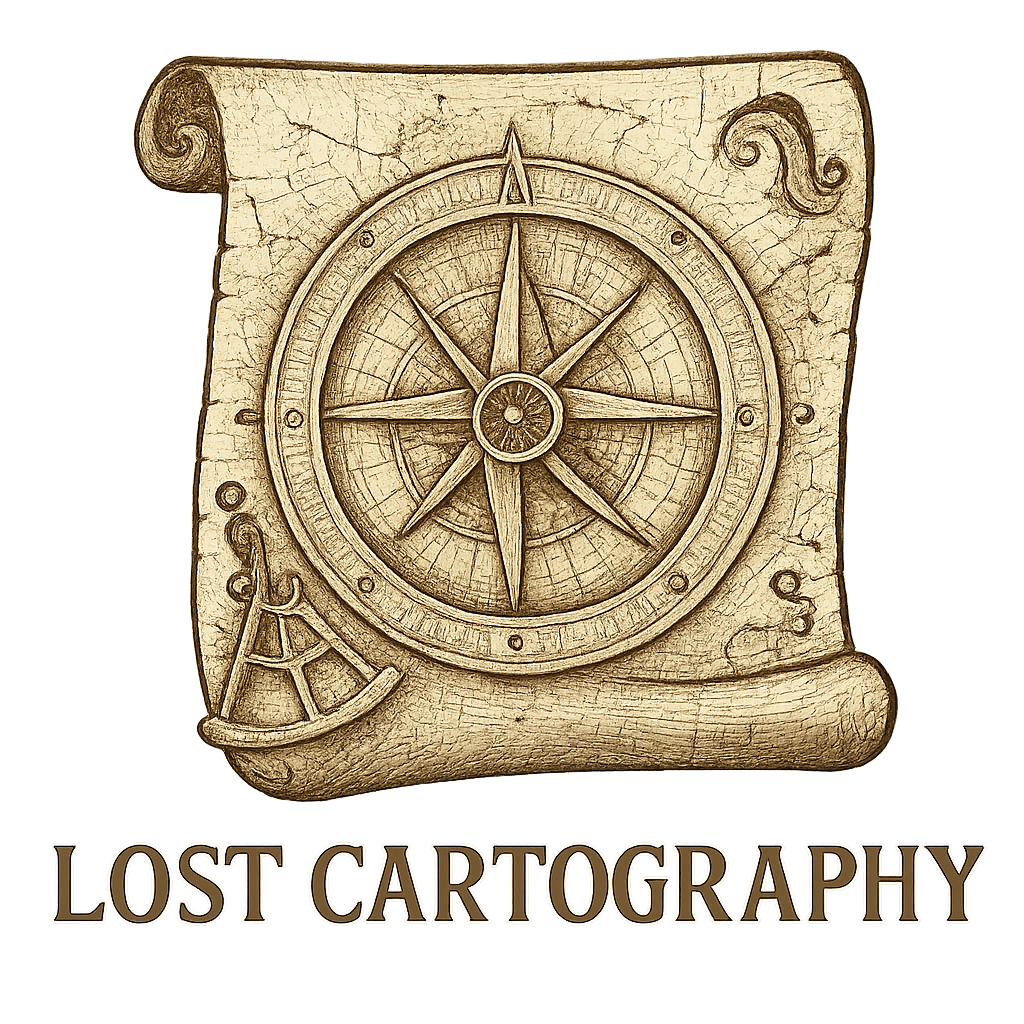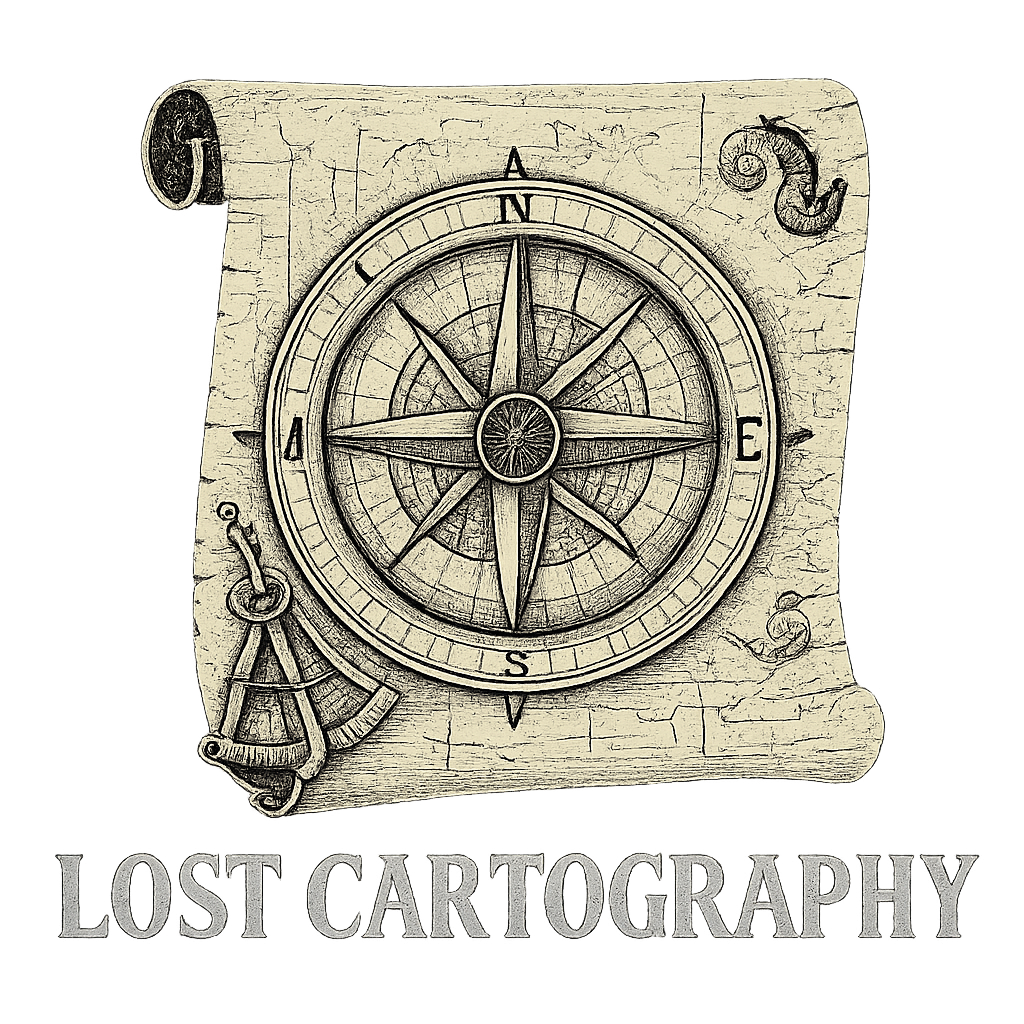Now Reading: Disappearing Geographies: Why Some Places Vanished from Maps
-
01
Disappearing Geographies: Why Some Places Vanished from Maps

Disappearing Geographies: Why Some Places Vanished from Maps
Have you ever wondered about places that existed on historical maps but mysteriously vanished from modern cartography? These disappearing geographies represent a fascinating chapter in our quest to understand and document the world around us.
Throughout history, maps have featured phantom islands, mythical landmasses, and geographical locations that later proved nonexistent. These cartographic curiosities emerged from a complex blend of:
- Navigation errors
- Misinterpreted explorers’ accounts
- Deliberate fabrications
- Natural phenomena mistaken for land
The story of these vanished locations captivates researchers and adventure enthusiasts alike. From the legendary Isle of Demons off Newfoundland’s coast to the puzzling disappearance of Sandy Island in the Coral Sea, each missing place tells a unique tale of human ambition, error, and discovery.
Studying these cartographic anomalies offers valuable insights into historical mapping practices and reveals how our understanding of geography has evolved through technological advancement and scientific progress. These vanished locations serve as reminders of humanity’s enduring desire to chart the unknown and make sense of our world.

The Allure of Phantom Islands
Phantom Islands exist in a fascinating realm between reality and imagination – landmasses that appeared on historical maps yet proved nonexistent in the physical world. These cartographic curiosities range from small specks in vast oceans to substantial territories that shaped maritime navigation for centuries.
The human mind’s tendency to fill in gaps of knowledge created an intricate tapestry of mythical places. Ancient mariners reported mysterious lands shrouded in mist, while medieval cartographers drew elaborate illustrations of islands inhabited by fantastic creatures. These tales birthed legendary locations like:
- Antillia: A phantom archipelago in the Atlantic Ocean, believed to house seven cities of gold
- Saint Brendan’s Island: A paradise supposedly discovered by an Irish monk during his legendary voyage
- Thule: The mythical northern edge of the known world in classical European geography
Influence of Phantom Islands
The influence of phantom islands extended far beyond mere cartographic curiosities. These elusive landmasses played crucial roles in:
- Navigation planning for maritime expeditions
- Territorial claims by competing nations
- Trade route development across unexplored waters
- Scientific theories about Earth’s geography
Historical records reveal how phantom islands shaped international relations. Spanish and Portuguese explorers used unverified islands as reference points for the Treaty of Tordesillas, dividing their colonial territories. British merchants invested fortunes in expeditions searching for nonexistent islands rumored to hold valuable resources.
The persistence of these mythical places on maps reflects humanity’s complex relationship with the unknown. Each phantom island represents a unique blend of observation, speculation, and cultural beliefs that guided exploration during different historical periods.
Source: Journal of Historical Geography
Understanding Map-Making Mistakes and Misunderstandings
The existence of non-existent islands, known as phantom islands, is attributed to a combination of errors in map-making and navigation that affected early explorers. These mistakes took various forms:
- Natural Misinterpretations: Sailors often confused temporary land formations like sandbars or icebergs with permanent islands. Notable example is Thompson Island in the South Atlantic, which turned out to be an optical illusion rather than landmass.
- Miscalculations: Early navigators relied on methods such as observing stars and estimating distances traveled. A simple calculation error could result in misplacing an island by hundreds of miles, leading to multiple discoveries of the same landmass on different maps.
- Copying Errors: Maps were manually reproduced, which allowed for small mistakes to occur. The Sandy Island situated between Australia and New Caledonia remained on maps until 2012 due to the continuous copying of an initial mapping error.
Map Making Blunders
The way early explorers viewed the world and their limitations played a significant role in these map-making blunders:
- Basic Tools: Navigators used simple instruments like [magnetic compasses](https://oceanservice.noaa.gov/education/tutorial_compass/) and sextants, which could lead to considerable errors in determining their position.
- Cultural Perspectives: European map-makers often interpreted indigenous stories through their own cultural understanding, resulting in inaccurate representations of geographical features.
- Financial Motivations: In some cases, map-makers included fictional islands to safeguard trade routes or assert territorial claims.
The widespread occurrence of map inaccuracies highlights the difficulties faced during early sea exploration. Ships would spend long periods at sea without reliable ways to determine their exact east-west position (longitude), making it nearly impossible to accurately record locations.
From Mythical Landmasses to Modern Understanding: The Evolution of Cartography
The journey from ancient cartographic methods to modern mapping technologies marks a revolutionary shift in our ability to document Earth’s geography. The introduction of the magnetic compass in the 12th century sparked a series of innovations that transformed navigation and mapping accuracy. By the 16th century, triangulation techniques emerged, enabling surveyors to create more precise geographical measurements.
Technological Advances in the 20th Century
The 20th century brought about significant technological advancements:
- Aerial Photography (1920s-1930s): Provided the first comprehensive bird’s-eye view of landmasses
- RADAR Systems (1940s): Enhanced maritime navigation and coastal mapping
- Satellite Technology (1960s): Revolutionized global mapping capabilities
Modern Mapping Tools and Their Impact
Modern mapping tools have effectively eliminated the possibility of phantom islands persisting on contemporary charts. NASA’s Earth Observation Systems capture high-resolution imagery of every square meter of Earth’s surface. Meanwhile advanced sonar systems map ocean depths with remarkable precision.
The Role of GPS Technology
GPS technology now offers:
- Real-time position accuracy within meters
- Continuous global coverage
- Integration with mobile devices for universal access
The Importance of Standardization in Maritime Charts
The International Hydrographic Organization maintains standardized maritime charts, systematically verifying geographical features through multiple detection methods. When suspicious landmasses appear in historical records, modern technology allows researchers to:
- Cross-reference satellite data
- Analyze ocean floor topography
- Study historical weather patterns
- Examine geological formations
These scientific methods have helped debunk numerous phantom islands, including the famous case of Sandy Island between Australia and New Caledonia, which was definitively proven non-existent in 2012 through marine surveys.

Case Studies: Disappeared Locations in Focus
The Isle of Demons
The mysterious Isle of Demons haunted sailors’ imaginations off Newfoundland’s coast during the 16th century. Legend tells of an island inhabited by demons and strange beasts, where ships would vanish without trace. Historical records from 1542 document the tale of Marguerite de La Rocque, who survived exile on this phantom isle – yet modern maps show no trace of this supposedly demon-infested land.
Bermeja
Bermeja, a Mexican phantom island, presents a more recent cartographic puzzle. Charted at 22°33′N 91°22′W in the Gulf of Mexico, this island appeared consistently on maps until 2009. Despite its documented presence and strategic importance for maritime boundaries, extensive searches using modern technology failed to locate any trace of Bermeja. Scientists speculate whether underwater tectonic activity might explain its disappearance.
Frisland
The case of Frisland illuminates how mapping errors can persist through centuries. This substantial phantom island, supposedly located south of Iceland, appeared on maps from the 1560s through the 1660s. Cartographer Nicolo Zeno’s detailed map depicted Frisland complete with settlements, rivers, and mountains. Research suggests Zeno might have mistaken the Faroe Islands for this non-existent landmass, demonstrating how geographical misconceptions could become cemented in historical records.
Source: The Phantom Atlas: The Greatest Myths, Lies and Blunders on Maps
Source: National Geographic’s Lost Islands Database
The Enduring Legacy of Vanished Places: Cultural Impact Beyond Geography
These Places Removed from Maps have sparked creative imaginations across generations, transcending their cartographic origins to become powerful symbols in art and literature. The mystique of phantom islands has inspired countless novels, from James Joyce’s references to the mythical Hy-Brasil in Finnegans Wake to Umberto Eco’s “The Island of the Day Before”.
Artists have captured these Lost Places in History through various mediums:
- Visual Arts: Contemporary painters like Matthew Rangel create intricate works exploring the intersection of real and imagined landscapes
- Film and Television: Documentary series like “Atlas of Cursed Places” delve into maritime history and mysterious locations
- Gaming: Virtual worlds incorporate phantom islands as secret levels or hidden realms
The allure of these vanished places extends into modern digital culture, where social media communities share theories and artistic interpretations of historical phantom islands. Digital art exhibitions frequently feature reimagined versions of these lost territories, blending historical maps with contemporary artistic vision.
These disappearing geographies continue to influence exploration narratives in unexpected ways. Research indicates that phantom islands serve as powerful metaphors in environmental literature, representing humanity’s complex relationship with unexplored territories and lost natural spaces.
Conclusion: Embracing the Mystery Within Our Maps
The study of disappearing geographies reveals a captivating dance between human imagination and scientific progress. These phantom islands and vanished locations stand as powerful reminders of our evolving understanding of the world around us. Each cartographic correction, each debunked location tells a story of human curiosity, ambition, and the relentless pursuit of geographical truth.
Maps do more than guide us—they chronicle our relationship with the unknown. The persistence of mythical places in historical maps demonstrates how deeply intertwined our factual knowledge remains with our capacity to dream and wonder. As we navigate our modern world with GPS precision and satellite imagery, these disappeared locations remind us to maintain a healthy balance between skepticism and wonder.
The next time you examine a map, remember: behind every coordinate lies a potential story, a possible mystery waiting to be explored. Our understanding of geography continues to evolve, making us not just observers but active participants in the ongoing narrative of cartographic discovery.

























